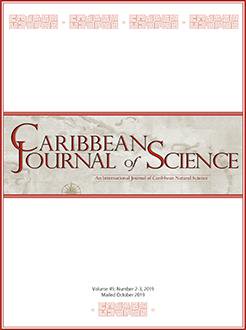Limited financial resources coupled with competing social demands may require novel approaches for biodiversity conservation. Within the Bahamas archipelago, subtropical dry forest (“coppice”) provides habitat for many resident and migratory bird species including the U.S. federally endangered Kirtland's warbler (Setophaga kirtlandii). On the islands, this migratory bird relies heavily on fruits of shrubs in early-successional coppice. Evidence indicates shrub species of particular importance in the bird's diet may not be generally widespread, while attempts to actively manage for these plant species could be cost-prohibitive or counterproductive to other conservation concerns. Because these shrubs and Kirtland's warblers have been frequently found on goat farms we investigated whether periodic goat grazing might be a practical tool for maintaining suitable coppice habitat in other semi-natural areas where late-successional coppice is unsupportable (e.g. utility rights-of-way) and whether it promotes increased abundance of important fruiting shrubs. In experiments conducted in young coppice within a pipeline corridor, we found little evidence that grazing would increase abundance of these shrubs, but our grazed coppice plots returned quickly to their pre-grazing state and exhibited few subsequent structural or compositional differences from ungrazed coppice plots. Thus, if appropriately applied and managed, goat grazing may serve as an economically viable tool for biodiversity preservation because (1) suitability as habitat for Kirtland's warblers and many other birds returns quickly after a short-term grazing treatment and (2) periodic, short-term grazing will forestall succession toward a vegetation type less appropriate for these birds or for certain types of human land use.
How to translate text using browser tools
22 October 2019
Response of early-successional Bahamian dry forest habitat to goat grazing and implications for Kirtland's warbler (Setophaga kirtlandii) wintering ground management
Genie M. Fleming,
David N. Ewert,
Joseph M. Wunderle
ACCESS THE FULL ARTICLE

Caribbean Journal of Science
Vol. 49 • No. 2-3
October 2019
Vol. 49 • No. 2-3
October 2019
Bahamian coppice
endangered species conservation
Erithalis fruticosa
habitat management
Lantana involucrata
subtropical dry forest




